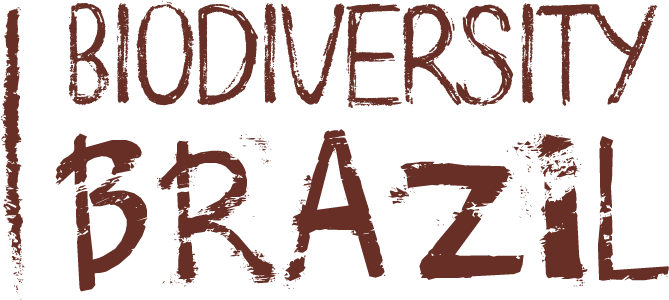
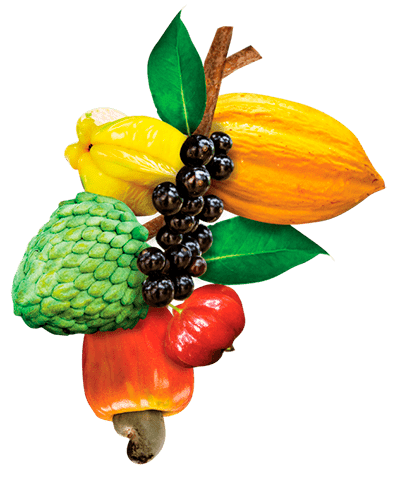


The Natural Organic Co. is amazed by the vast array of benefits and unique flavors offered by the Brazilian biodiversity.
We are also astonished by its ability to offer sustainable paths to share such wealth with the world by creating development opportunities for local communities and promoting environmental conservation through a sustainable business model.
Six different biomes, one country.
Brazil is one of the richest ecosystems in biodiversity on the planet, with distinct eco-regions that reflect its enormous wealth of flora and fauna.
Click on the map to learn more about Brazilian biomes and find out why our commitment is to support and engage initiatives for environmental protection and responsible use of biomes.
What's good for the planet is also good for us!
 AM
AM
The most important biome on the planet, the Amazon is a tropical rainforest that extends through the hydrographic basin of the Amazon River, a vast natural tropical area that spans eight countries. Located in its most part in the Brazilian territory, the Amazon has more than 6.7 million km² of different landscapes and ecosystems essential for the future of the planet. A unique mosaic with incomparable biological richness and, therefore, inestimable world value.
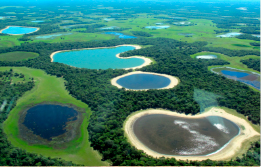 Pantanal
Pantanal
More than 4,700 species of national fauna and flora in a mosaic of ecosystems that cover a part of the Amazon, part of the Cerrado, another part of the Atlantic Forest. This is the Pantanal, located in the heart of South America, known as the largest continental wetland on the planet. Unique in its natural beauty and fundamental to the balance of Brazil's biodiversity, the biome is essential for soil conservation, climate stabilization and the country's water supply.
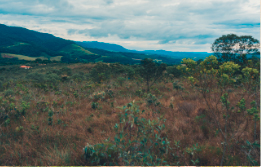 Cerrado
Cerrado
The second largest vegetation formation in South America covers a quarter of Brazil's land area. A setting of incomparable natural and cultural beauties, the Cerrado is usually recognized as the richest savannah formation on Earth, being a sanctuary for the national fauna and flora.
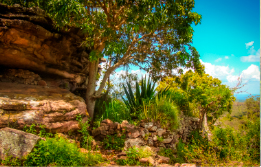 Caatinga
Caatinga
An exclusively Brazilian biome, the Caatinga occupies an area of 11% of the national territory. Affected by extreme droughts, its flora has developed powerful survival mechanisms, creating an unparalleled biodiversity, giving rise to fruits with unique flavors such as cashew and acerola.
 Atlantic Forest
Atlantic Forest
Biome with the most bioversity in the world, the Atlantic Forest extends across 17 Brazilian states and two countries, with a unique variety of forests, reliefs and populations. One of the paradises of fauna and flora on the planet, it is home to more than 15,700 plant species in the world, around 5% of the world's quantity.
 PA
PA
With a subtropical climate with well-defined four seasons of the year, the Pampa has a small part of its biome in Brazil, but extends to more than 3 countries. Its vegetation is marked by the presence of grasses and creeping plants in reliefs of large plains, dedicated to pastures and grain and fruit agriculture.

It is from these biomes that we extract the delicious fruits, seeds and nuts that are the trademark of the flavor of our products.
Learn more about the mouth-watering Brazilian fruits and their nutritional, functional and emotional benefits:
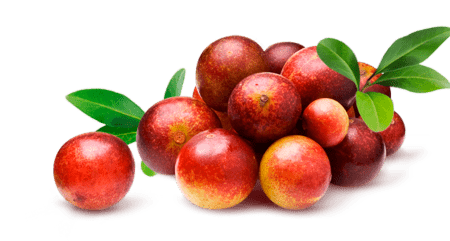
A true native secret of the Amazon: camu camu strengthens the immune system, helps control blood pressure and prevents premature aging – the fruit contains a high concentration of vitamin C, 60 times higher than oranges.
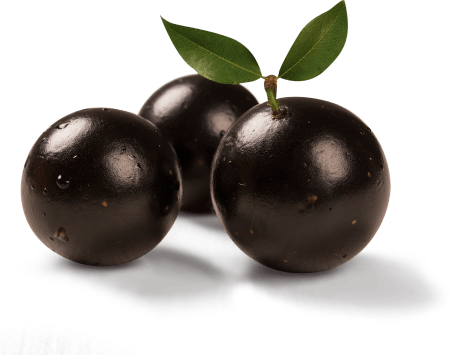
One of the most famous Brazilian natural icons. The famous sweet and sour mixture of this unique fruit, native to the Brazilian Atlantic Forest, is rich in vitamin C and E, as well as a source of magnesium, phosphorus and zinc.

One of the jewels of the unique Amazon flora. The high concentration of fiber and antioxidants slows aging, lowers cholesterol, provides energy, and strengthens the immune system.
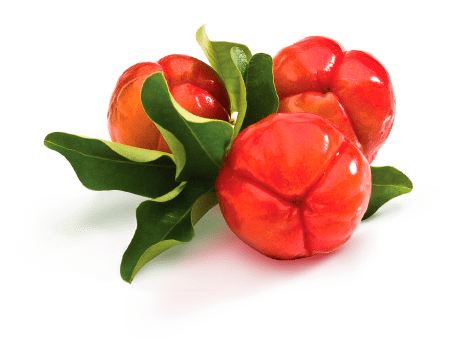
Native to the Brazilian Northeast, acerola is rich in antioxidants, calcium, phosphorus, zinc, and vitamins, particularly vitamin C. The fruit has 30 times more vitamin C an orange.
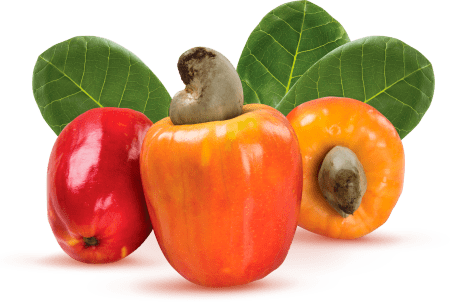
This juicy fruit native to the Brazilian Northeast, with a yellowish or reddish color, is also rich in vitamin C and zinc. The cashew nut comes from this fruit’s seeds.
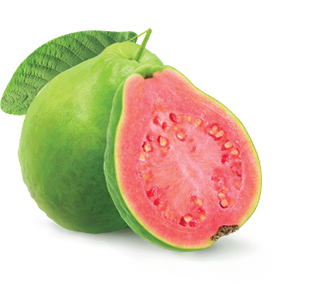
With a unique aroma and striking flavor, the juicy guava is a tropical fruit, rich in fiber and vitamins (mainly vitamin C in addition to calcium, magnesium, and potassium). It plays an important role in terms of immunity, lowering cholesterol and preventing premature aging.

A real Brazilian symbol, the bananas chosen by Naturanic provide a huge source of fiber, potassium, and antioxidants, as well as a unique flavor.